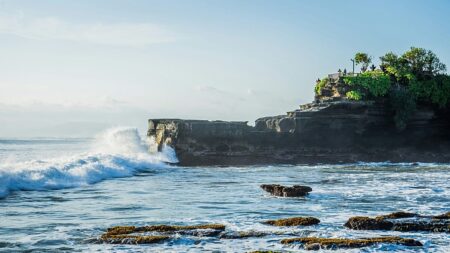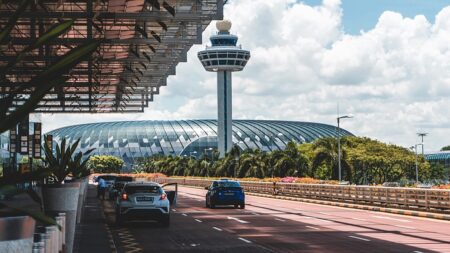Published on
Italy’s ski season has opened with a sweeping new safety rule.
As of 1 November 2025, ski helmets are compulsory for everyone on the country’s pistes, from skiers and snowboarders to tobogganers and cross-border day-trippers.
The rule requires a CE-certified helmet – the “Conformité Européenne” mark that shows a product meets EU health, safety and environmental standards – a measure that aims to cut serious head injuries.
“We believe 95 per cent of people already wear helmets,” Diego Clara of Dolomiti Superski, the regional ski area that includes Cortina d’Ampezzo, where the 2026 winter Olympics will take place, said in a statement.
Italy has phased in the requirement in recent years, first for under-14s, then under-18s. This is the first season where it applies to all ages. Rule-breakers can be met with €200 fines or have lift passes suspended for up to three days, and officials say there are no excuses.
“We are communicating this widely,” added Clara.
Where else are ski helmets mandatory?
No other country mandates helmets for all skiers, although some sources cite it as law in North Korea – an unexpected bedfellow for Italy.
But the measure is mandated for younger skiers in many countries.
In Croatia and Slovenia, children up to 14 must wear helmets on the piste. Austria has similar rules in place for skiers under 15 in most of the states known for winter sports, including Salzburg and Styria. In Poland, skiers under 16 must wear helmets, too.
Not doing so can result in fines in all these destinations.
What other laws should travellers look out for
Italy does have other safety rules travellers to be aware of too, including mandatory public liability insurance. Those who fail to wear helmets or ski without insurance face on-the-spot fines of up to €200. Police can also confiscate your ski pass.
Italy also limits drinking, enforcing a blood-alcohol limit of 0.50 per cent on the piste, and takes a zero-tolerance stance toward drugs. You can even get in trouble for eating on ski lifts or in the boarding zones.
Elsewhere in Europe, ski destinations have taken an equally holistic view of health and safety.
In 2022, the French ski resort Les Gets banned smoking across its ski area. The law could soon be enforced across ski resorts after France enacted a smoking ban in public places this summer, according to Ski Racing, a publication devoted to winter sports.
Perhaps the most unexpected ski-related regulation is in Ischgl, Austria. Since 2016, wearing ski boots around the resort between 8 pm and 6 am can result in a fine of up to €2,000.
The rule was put in place to reduce noise pollution and prevent accidents, according to officials. It also applies to those carrying skis, snowboards or poles.
For most, laws like these don’t present a problem, even compulsory helmets.
In the US, for example, the percentage of skiers and snowboarders wearing helmets increased from 25 per cent in 2002-2003 to 90 per cent in the 2023-2024 season, according to the National Ski Areas Association (NSAA).
Estimates in Europe at least match these figures. As Clara pointed out, the majority in Europe already ski with protective headgear.
For the minority who don’t, however, Italy’s new rule leaves no room for complaints. It does, however, leave room for a helmet in your luggage.
Read the full article here














